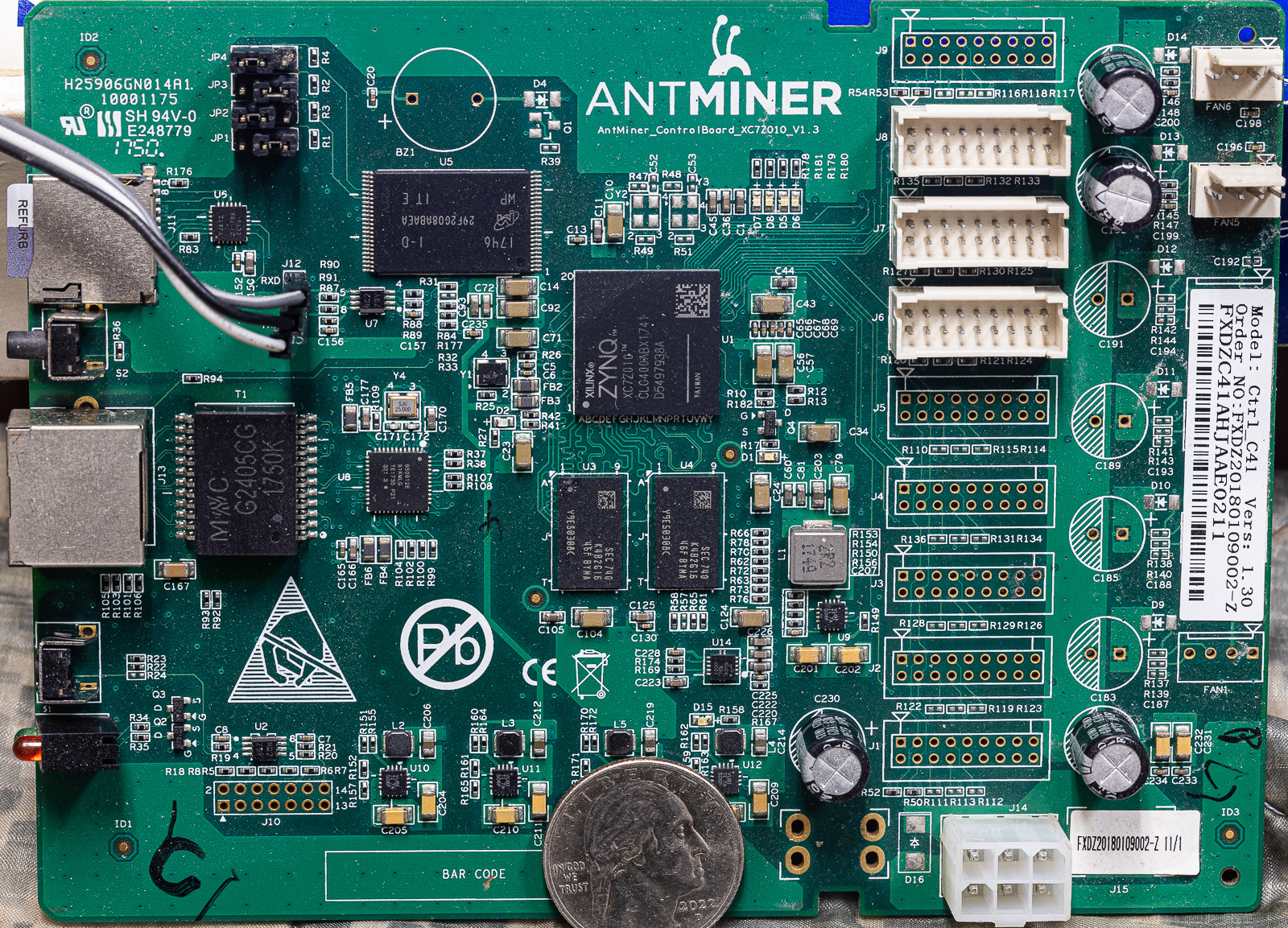
I found myself comparing the Sun3 to an ARM based board I have. The board in question is an obsolete bitcoin mining board, the Antminer S9, here we go:
CPU -- 20Mhz 68030 versus 666Mhz dual core ARM Ram -- 16M versus 512M Flash -- 128K eprom versus 256M nand flash Network -- 10 Mbit versus 1000 Mbit ethernet IO -- parallel port versus over 100 bits Cost -- "priceless" versus $10 Availability -- rare versus abundant Weight -- nearly 2 pounds versus 4 ounces Power -- a modest switching supply versus a 12 volt wall-wart -- the Antminer has an FPGA with 28K logic elements

Here you have the two side by side to contemplate.
A final thing to mention is documentation. The documentation from ARM and Xilinx is voluminous and superb. The Motorola manual for the 68030 is good, but Sun documentation on hardware is virtually non-existant.
The comparison gets a bit strained as I continue, but I think it is obvious that the Antminer is a far more capable compute engine, and with far more potential beyond just hacking around.
That is what 28 years of technology will do for you. The Sun 3/80 was pretty much cutting edge back in 1989, but of course that didn't last long. The Antminer was made in 2017, so it is 7 years old (and obsolete)
The only reasons for hacking on the Sun 3/80 are nostalgia and amusement. It scratches an itch I have had since 1990.
Here is the Antminer close up with an American 25 cent piece for scale.
The Xilinx ZYNQ chip is an SOC (system on a chip) with a lot of stuff inside that was implemented in separate chips on the Sun3. Things like serial ports, network, boot rom and a lot more.
The two chips below the Zynq are the RAM (512M), which makes for an interesting comparison to the array of slots and rows of chips on the Sun board.

Tom's Computer Info / tom@mmto.org